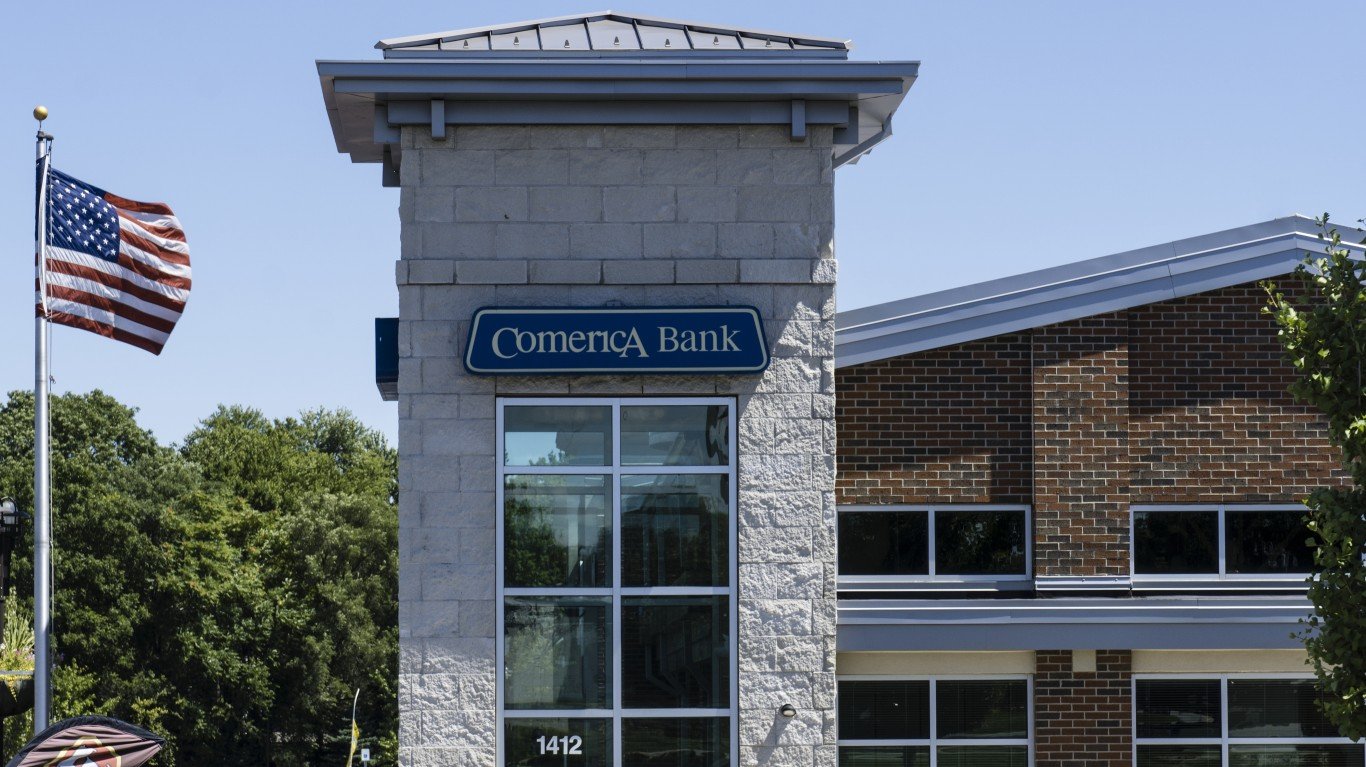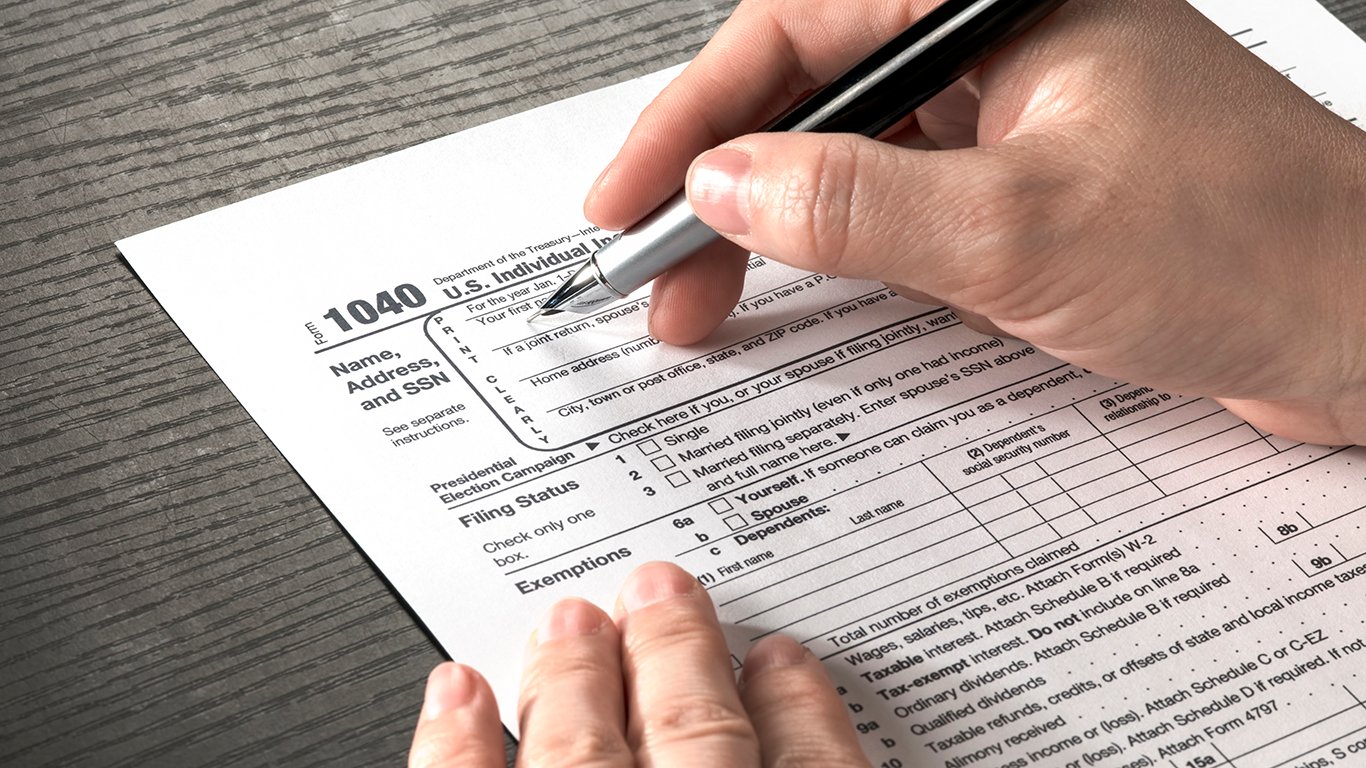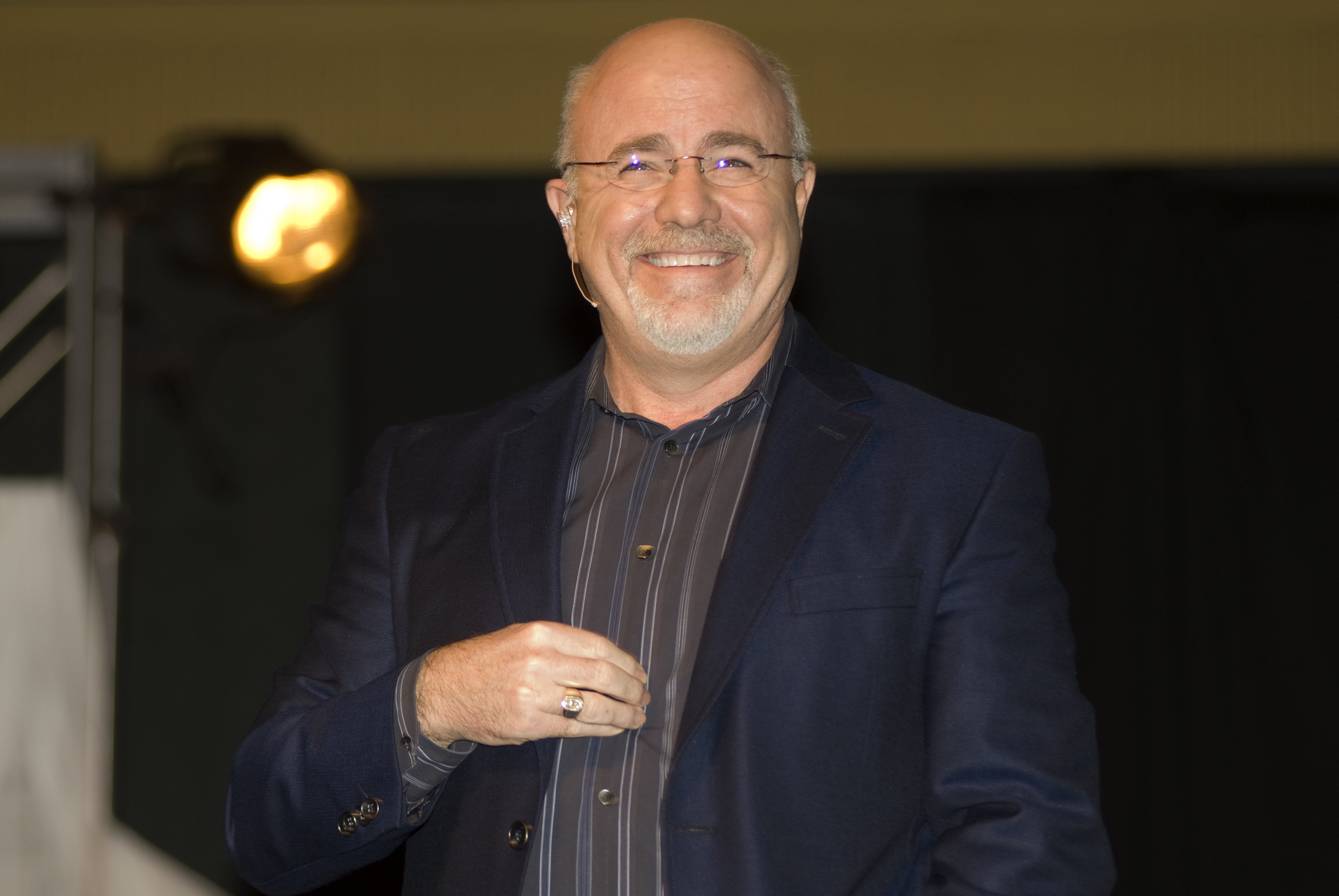

Last week’s inverted yield curve has brought on much debate over the health of the U.S. economy at a time when global growth is petering out. Inverted yield curves, or where long-term interest rates are lower than short-term interest rates, do not assure that an economic recession is on the horizon. Still, in many instances inverted yield curves have brought on a recession, and one effect that is virtually undeniable is that this interest rate scenario is awful for the future profitability of banks and other lenders.
The carnage seen in the banks, particularly regional banks, was impossible to not notice in the past week. A review of the biggest losers of the S&P 500 Index in the past week showed overwhelming losses for the week — though many of the banks are still up quite handily over the past 90 days because that marked almost the bottom of the selling carnage in December.
Societe Generale now sees the U.S. falling into a recession in 2020, following excesses of the fiscal package and the damage done by the trade policy after the Treasury yield curve inverted last week. And Forbes has noted that the inverted yield curve puts the odds of a recession at 25% to 30% in the next year.
A Finviz screen showed just how bad the regional bank carnage was. Eleven regional banks were among the top 20 losers in the S&P 500. As far as why the performance is so bad, banks effectively borrow short term and get to make loans in the intermediate and long term. Imagine if you are a lender and you get to reinvest the capital you have access to at lower rates for several years than your current cost of borrowing.
One reason regional and super-regional banks get hurt is that many of them have fewer other financial services than the large money-center banks that also own the large bulge-bracket brokerage and investment banking firms.
Before thinking that these dividends are truly at-risk, note that it will take some time for that to play out. One issue driving longer-term rates lower is that foreign buyers simply cannot find any yields, even going out 10 years in Europe and in Japan.
If the yield curve somehow gets back to relatively normal in the coming months, then there will have been little cause for concern in bank dividends. If they yield curve continues to invert even more and remains that way for some time, there likely will be some banks that have to enter the dividend confessional booth.
Regions Financial Corp. (NYSE: RF) was down 14.0% in the past week, down 16.7% over the past month and still up over 5% in the trailing 90 days. Its dividend yield is now about 4.1%.
KeyCorp. (NYSE: KEY) was down 13.87% in the trailing week, down 15.4% over the past month and still up 3.9% over the trailing quarter. The parent of KeyBank now has a 4.5% dividend yield.
SVB Financial Group (NASDAQ: SIVB), the parent company of Silicon Valley Bank, was down 13.8% over the trailing week, down 13.6% in the trailing month and still up 13.8% over the trailing quarterly price. SVB is the one regional bank that still does not pay a dividend yield.
Fifth Third Bancorp (NASDAQ: FITB) was last seen down 13% over the past week, down 11.2% in the past month and still up almost 8% from this time in December. Fifth Third has a yield of about 3.5%.
Comerica Inc. (NYSE: CMA) was down 12.4% over the past week, down almost 18% in the past month and up about 7.3% from this time in December. Comerica has a dividend yield of 3.7%.
Citizens Financial Group Inc. (NYSE: CFG), the bank holding company operating Citizens Bank and Citizens Bank of Pennsylvania, was last seen trading down 11.4% for the trailing week and down about 14.6% over the trailing month, but its shares were still up 9.5% from this time in December. Its dividend yield is now near 4%.
Zions Bancorp. (NASDAQ: ZION) was down 11.2% in the past five days, down around 14% from this time a month ago and still up about 8.7% from this time in December. Its dividend yield is lower at 2.75% because the bank was held to lower dividends for longer by regulators while its financials took longer to recover than peers.
Merrill Lynch also pointed out that the bank sector as a whole underperformed the broader market by 760 basis points last week after the Federal Reserve pivoted its stance and called for no further rate increases in 2019. Some combined comments:
With the futures market now pricing in a ~60% chance for a rate cut by the end of this year vs only 30% a week ago, bank investors have switched their mentality to find stocks that could work in an inverted yield curve and worsening credit environment. … In particular we found bank stocks underperformed the broader market by 21% from Jan ‘04 to the end of the flattening yield curve time period (May ’07). Furthermore when we isolated the start and end periods of when the yield curve officially inverted, banks underperformed the S&P by 12%. … We recognize the current rate backdrop is not conducive for bank stocks and believe there could be downside risk to consensus net interest margins.
Sponsored: Find a Qualified Financial Advisor
Finding a qualified financial advisor doesn’t have to be hard. SmartAsset’s free tool matches you with up to 3 fiduciary financial advisors in your area in 5 minutes. Each advisor has been vetted by SmartAsset and is held to a fiduciary standard to act in your best interests. If you’re ready to be matched with local advisors that can help you achieve your financial goals, get started now.
Thank you for reading! Have some feedback for us?
Contact the 24/7 Wall St. editorial team.



